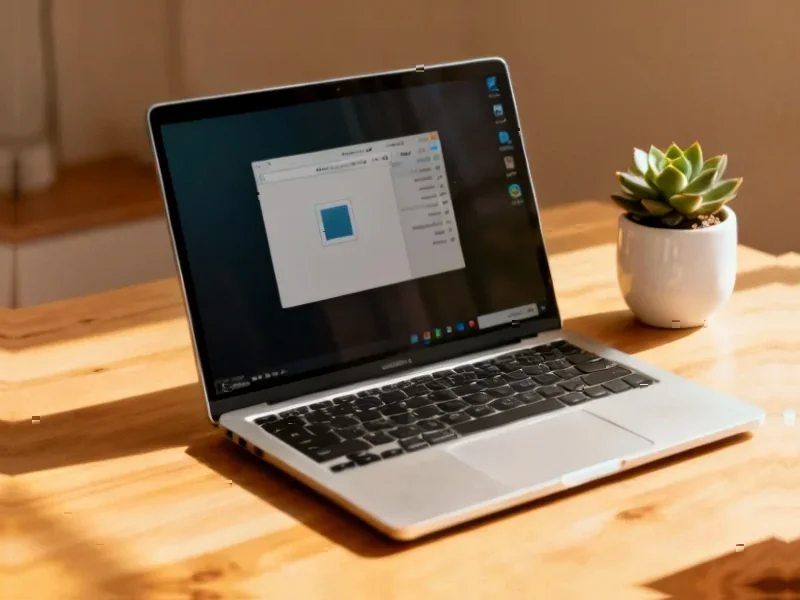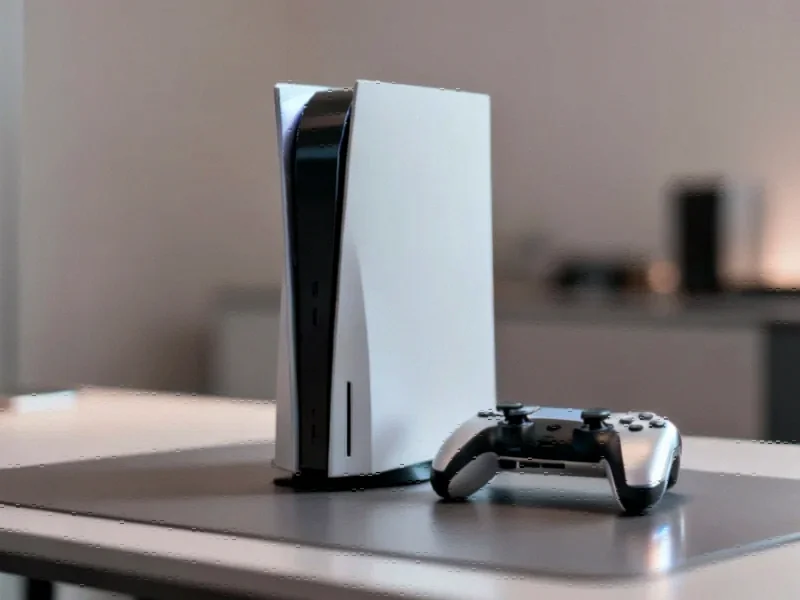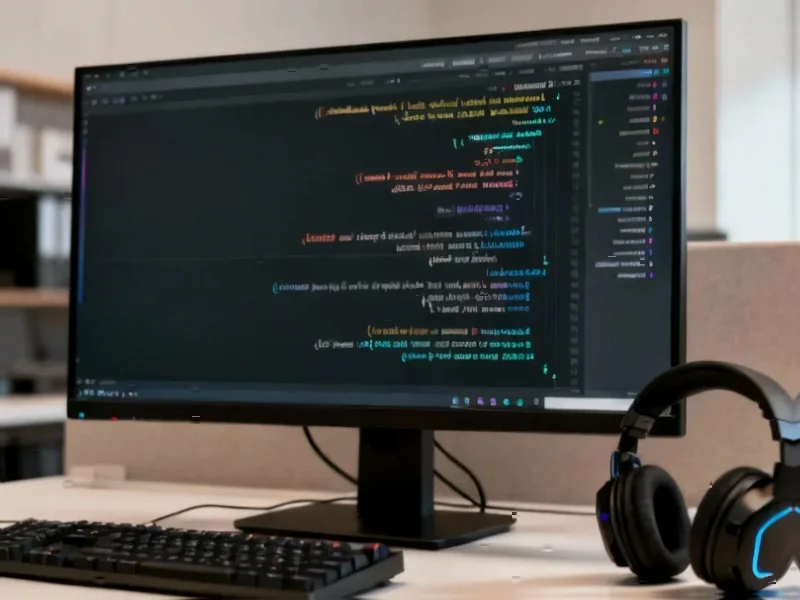According to PCWorld, Linux has surpassed 3% market share among Steam users as of October 2025, representing a significant milestone for gaming on open-source platforms. The data shows Linux gained 0.37% of Steam’s total users from September to October, while Windows lost 0.56% during the same period. SteamOS Holo, the operating system powering Valve’s Steam Deck, dominates the Linux gaming landscape with 27.18% of Linux users, while popular distributions like Arch and Mint command 10.24% and 9.21% respectively. The growth comes as Windows 10 loses full support, pushing users toward alternatives, with Linux gaining converts faster than macOS’s 0.2% increase. This represents a fundamental shift in gaming platform dynamics that warrants deeper analysis.
The Proton Revolution That Changed Everything
What makes this 3% milestone particularly significant isn’t just the number itself, but the underlying technology that enabled it. Valve’s Proton compatibility layer has quietly revolutionized Linux gaming by making thousands of Windows-only titles playable on Linux systems. Unlike previous compatibility solutions that required extensive technical knowledge, Proton works seamlessly within Steam, creating an experience where most users don’t even realize they’re running Windows games through a compatibility layer. This technological breakthrough has effectively neutralized the single biggest barrier to Linux gaming adoption: the lack of native game support. The success of Proton demonstrates how compatibility layers can bridge ecosystem gaps that previously seemed insurmountable.
Windows’ Self-Inflicted Wounds
Microsoft’s recent missteps have created the perfect storm for Linux gaming adoption. The controversial Windows 11 hardware requirements excluded millions of capable gaming PCs from upgrading, while the aggressive push to abandon Windows 10 has left many gamers feeling alienated. Unlike previous Windows transitions, where gamers could comfortably stay on older versions for years, Microsoft’s current strategy has created genuine friction. This comes at a time when many users are increasingly concerned about privacy, system resource usage, and the creeping commercialization of Windows. The timing couldn’t be better for Linux to present itself as a viable alternative for a demographic that values performance and control above all else.
The Ripple Effect on Game Developers
This 3% threshold represents a critical mass that game developers can no longer ignore. While still a minority, Linux gamers now constitute a market segment comparable to some console platforms in terms of active users. More importantly, the demographic represents some of the most engaged and technically sophisticated users in gaming. We’re already seeing developers take notice—major engines like Unity and Unreal have improved Linux support, and several AAA titles now include day-one Linux compatibility. The growth of Steam Deck specifically creates a standardized target for developers, similar to console development, making Linux support more practical than when targeting countless desktop distributions.
The Emerging Linux Gaming Hardware Ecosystem
The Steam Deck’s success has sparked a wave of similar devices that could accelerate Linux adoption further. Devices like the Lenovo Legion Go S and the availability of SteamOS downloads for the original ROG Ally create a hardware ecosystem that reinforces Linux gaming’s legitimacy. This represents a strategic shift from Valve—rather than keeping SteamOS exclusive to their hardware, they’re enabling a broader ecosystem that strengthens their platform strategy. For hardware manufacturers, pre-installed Linux gaming distributions offer differentiation in a crowded market and potentially better profit margins by avoiding Windows licensing fees. The emergence of alternatives like Bazzite shows the community’s willingness to build upon Valve’s foundation.
The Fragmented Future of PC Gaming
While 3% might seem modest, the trajectory suggests we’re witnessing the beginning of platform fragmentation in PC gaming that mirrors the mobile space. The era of Windows’ near-total dominance is ending, replaced by a multi-platform landscape where gamers choose their operating system based on specific needs and values. This fragmentation creates both challenges and opportunities—developers must support multiple platforms, but consumers benefit from increased competition and innovation. The most significant impact may be on Microsoft’s gaming strategy, potentially forcing them to reconsider their platform approach and invest more heavily in making Windows the best place for gaming rather than assuming it will remain the default.
What Comes After 3%?
The real test for Linux gaming will be whether it can sustain growth beyond this initial surge. History shows that platform adoption follows an S-curve, with early adopters leading the way before hitting resistance at broader market penetration. The next milestone to watch is 5%, which would represent sufficient market share to make Linux support a standard consideration for most game developers. However, significant challenges remain, particularly around anti-cheat software compatibility and peripheral support. The success of projects like ProtonDB in providing clear compatibility information will be crucial for managing user expectations and preventing frustration that could stall momentum.




